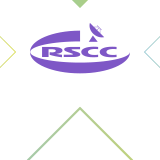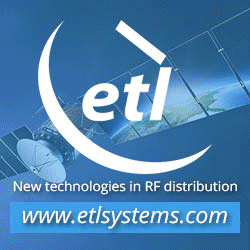Tyvak, a Terran Orbital Company, announces successful commissioning of Tyvak-0130 Satellite in partnership with Lawrence Livermore National Laboratory
June 17, 2021
Tyvak announced the successful completion of in-orbit system checkout and commissioning of its Tyvak-0130 satellite. These necessary check points begin soon after launch and focus primarily on testing the satellite's essential systems and protocols. Tyvak-0130 was launched as a rideshare on SpaceX Starlink L-26 on May 15, 2021 from NASA's Kennedy Space Center and has already transmitted over 4,000 pictures back to earth.
The Tyvak-0130 mission is
to demonstrate advanced capabilities for space
domain awareness (SDA), earth observation, and
astronomy. SDA is a relatively new concept
placing space in the same military consideration
of air, sea or land on the earth. Tyvak-0130
features an extremely stable space position
control system that includes three star-tracker
cameras and four ultra-smooth reaction wheels.
The satellite also boasts a high-performance
flight computer all developed by Tyvak and an
advanced optical telescope system called
GEOStare2, which was developed in collaboration
with the Lawrence Livermore National Laboratory
(LLNL).
The GEOStare2, is an
evolution of LLNL's GEOStare1 system which was
successfully demonstrated on Tyvak-61C.
GEOStare2 includes two co-boresighted imaging
channels that feature LLNL's monolithic optics
telescope technology. Monolithic optics
telescopes are reflective designs that are built
upon a single ultra-high purity fused silica
block. The compact nature of the monolithic
telescope enables smaller imaging systems to
function without compromising performance. These
telescopes are extremely robust and provide
clearer visual representations with no
temperature interference, and present no need
for an in-flight focus adjustment. "Our payload
is operating very well; we're ahead of schedule
on the checkout," said LLNL astrophysicist Wim
de Vries, an associate program leader for the
Lab's Space Science and Security Program. "The
satellite is functioning extremely well."
The Medium field-of-view
imager is optimized for high sensitivity for SDA
and astronomy applications. This imager has a
sensitive- backside-illuminated 2 Megapixel CMOS
sensor. This imager features a platescale of 3.9
arcseconds per pixel and sensitivity to 14th
magnitude stars (the dimmest object visible with
the naked eye is typically magnitude 6.5) in a
single 1-second photo.
"We are more than pleased
with the quality and resolution of the images we
have been receiving from Tyvak-0130, says Marc
Bell, CEO of Terran Orbital, our collaboration
with LLNL has been incredibly successful thus
far and we are more than optimistic about the
future."
With the completion of
commissioning activities, Tyvak and LLNL will
next focus on a comprehensive set of capability
demonstration experiments related to space
domain awareness, responsive and on-demand
terrestrial imaging with minimal delay, and
space science.











